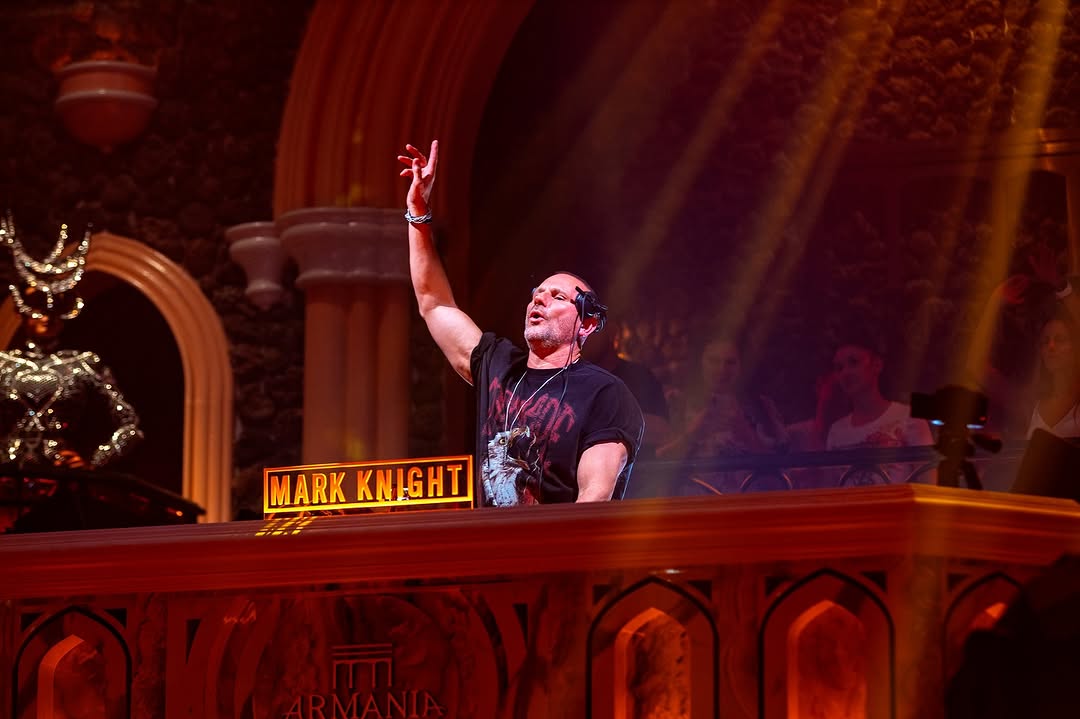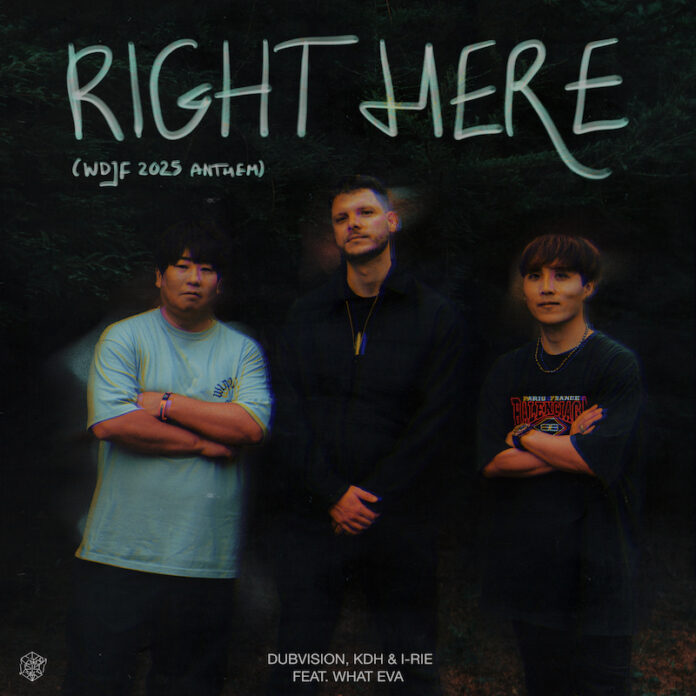From the beginning, voice acting has been an indispensable part of anime, and critical to its development and proliferation. This process began with the spread of anime outside of Japan under the umbrella of "localization" and alternate-language voicing, colloquially called "dubs." While transcription and subtitling remain indispensable in initiating audiences to certain verbal and cultural nuances in dialogue, the strides made in voice acting performance, production and direction have allowed foreign-language voice acting to attain its own character and complexity alongside its original.
One of the luminaries of this phenomenon is Mary Elizabeth McGlynn. Best known for her roles as Julia in Cowboy Bebop and Major Mokoto Kusanagi in Ghost in the Shell: Stand Alone Complex, her work has helped introduce millions to the classics of anime, raising the bar through her depictions of mature female characters. In addition to the emotional depth, variety and presence of these unique performances, her work in a range of other animated features -- in performative, technical and directorial spheres -- has been invaluable in the advancement of voice acting as an art form across a variety of genres.
Motoko and The Major
Mary Elizabeth's best-known role -- her performance of Ghost in the Shell: Standalone Complex's Motoko Kusanagi -- remains in many ways her most controversial. Compared to either Masamune Shirow's manga and the original Japanese adaptation, the tenor of the English-language "Major" was starkly colder and more emotionally muted, and derided as "robotic." However, throughout the series, this performance -- closed, distant and cool -- creates its own emotional contours and stakes: the character is split within the function of her role as Section 9's commander and at the same time alienated from larger society by her high-level of cybernetic and synthetic enhancements.
This twofold source of alienation allowed for extra moments of both drama, humor and melancholy in the character's interactions with her team and more private reflection upon her marginal state in society. Consequently, in the series, the moments when this crafted persona is broken become the most revelatory and significant, as even these small perturbations of voice illuminate the distance between the Major and Motoko.
The Femme Fatale
Mary Elizabeth McGlynn's performance of Julia in Cowboy Bebop remains one of her most powerful performances to date. Compared to her performance in Stand Alone Complex, the melancholy, presence and economy of Elizabeth McGlynn's vocal performance match the peculiar place of this character in Bebop. Although consigned to flashbacks and dreams and arguably "underserved," Julia nevertheless remains the story's dramatic center; her decisions and their effects dominate its action.
In line with Keiko Nobumoto's deliberate restraint, McGlynn's vocal performance negotiates this removed presence by bringing the proverbial "weight" to Julia's few lines. Near the series' conclusion, her sudden appearance and unlikely pairing with Faye -- aided by the excellent performances of Steve Blum and Wendee Lee -- begin a fateful shift to the series' remaining action and overall tone.
Beyond the Booth
Beyond her individual performances, McGlynn has also made significant contributions to the technical and directorial side of vocal performance. From 2003 to 2016, she worked on Naruto and its follow-on, Shippuden. In both titles, in addition to her signature role as Kurenai Yuhi, McGlynn also served as ADR and Voice Director, a capacity for which she received the award of Best Director from the Society for the Promotion of Japanese Animation (SPJA) in 2008. Later, in Naruto Shippuden the Movie (2009) and The Last: Naruto the Movie (2015), she served as its Voice Director.
Beyond the challenge of localization, these titles demonstrated a key aspect of her skillset and contributions: allowing unique characters to mature along with their audiences. Outside of anime, her roles in performance and direction in properties as diverse as Star Wars Rebels, Silent Hill and She-Ra and the Princesses of Power testify to McGlynn's ability to bring a signature degree of nuance, complexity and maturity to animation at large.
About The Author

